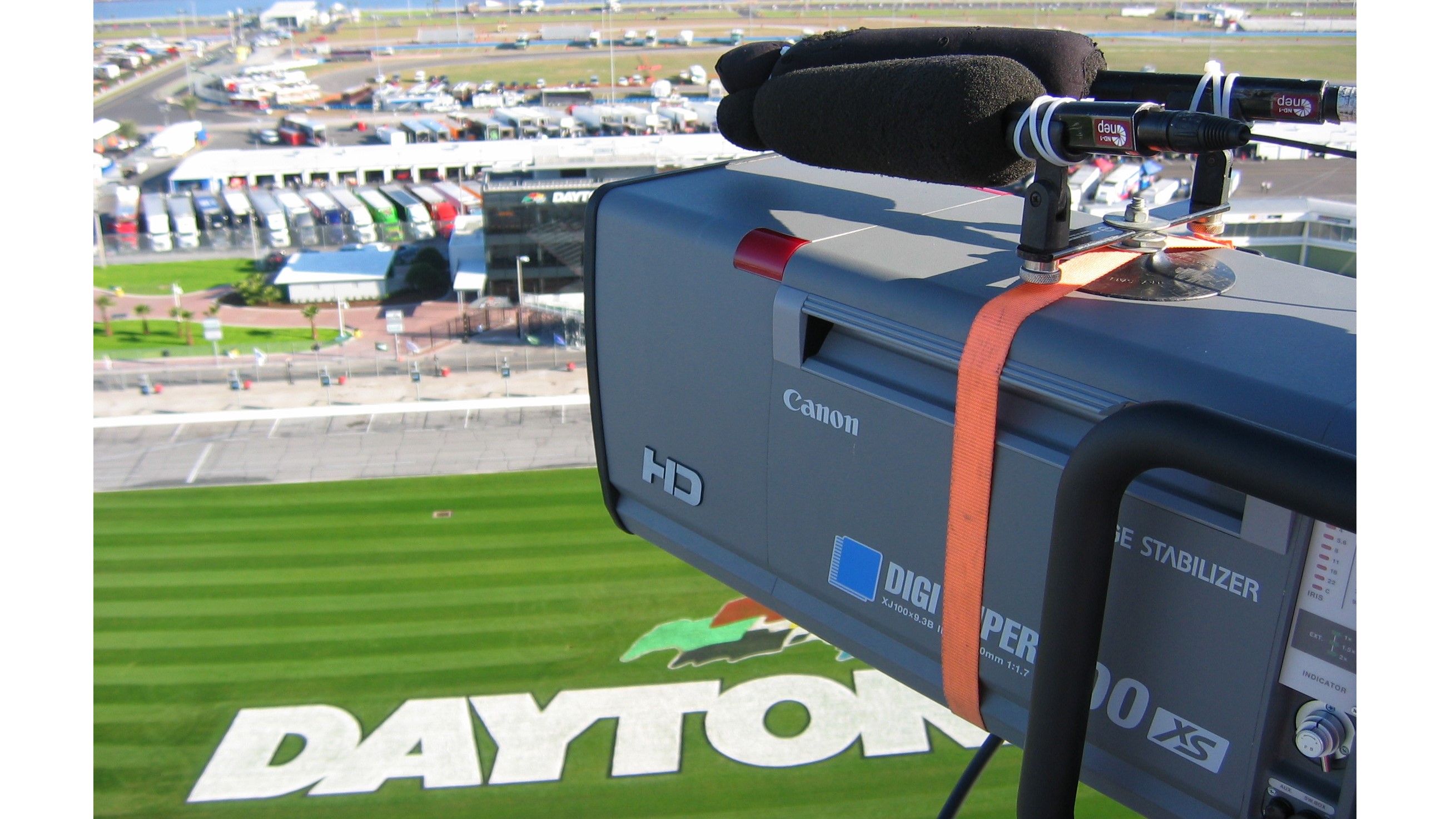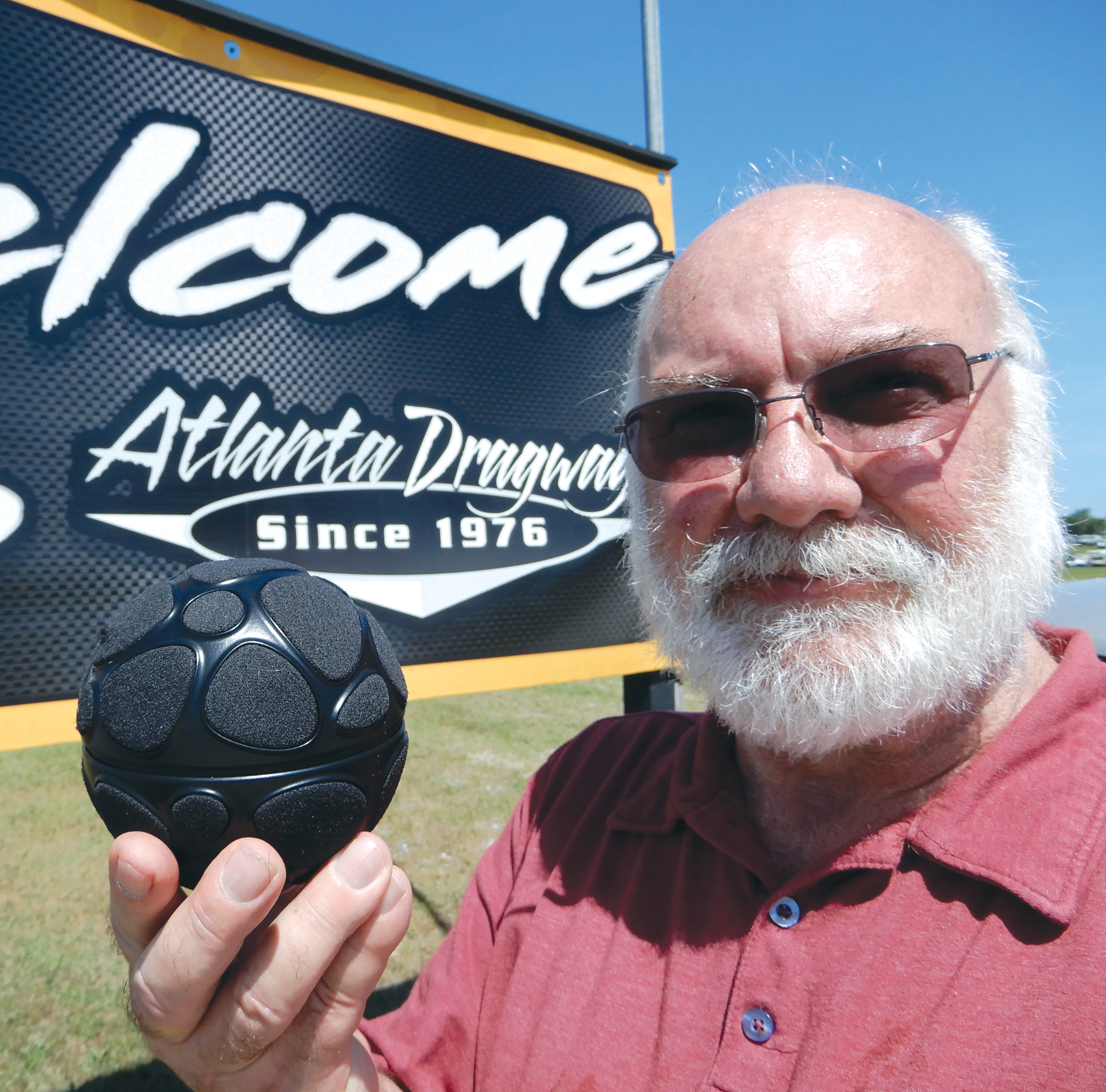Faking It: Sound-Starved Stadiums
The practice of sound supplementation has been around since before the pandemic

These are interesting times for live sports broadcast production. Just as many people prefer to hear laughter from a real audience while watching a sitcom, many sports fans favor a noisy, live crowd over the “fake” crowd noise in the stands during a professional game. Most writers and web events have used sensationalist journalism terms like “fake” to create a very negative description. Using the term “fake sound” has nefarious overtones and I believe sound manipulation for malicious interference has ethical implications. But sound supplementation for the sake of enhancing the entertainment value has always been fair game to me.
SPORTS SOUND SUPPLEMENTATION
Sports sound supplementation is the art of live foley, which can include crowd, sport and venue-specific sound.
Real-time sound supplementation was controversial long before I began using a crowd loop in the early 1980s at NASCAR races. There were always rumors of “birdie” loops at golf events, but there was not much of an urgency to “sweeten” golf sound because major networks had the budget to adequately capture the event live. I spent a decade as a freelancer covering IndyCar racing and was unhappy that the network crew (who only covered one race, by the way) had microphones mounted on the pit wall at every pit zone while I depended on the sound from two handheld cameras to cover up to 30 pit areas. Why? It costs extra money for extra sound.
Motorsports present unique sound challenges because of the excessive noise and compact design of the track and grandstands. For me, sound enhancement began at Bristol Motor Speedway where the sound was so intense your head would hurt. Frustrated with the inability to pull much crowd reaction sound, I built several crowd “loops” to enhance the sound of the start, restart and finish of the race. I knew the real-time sounds were there, but the laws of physics prevailed. It is called “masking.”
Tape loops of sound effects were the shortcomings of sound supplementation because of the inevitable repetition of sounds, but when the music industry introduced electronic samplers that could store real sound and could be played back with a keyboard, everything changed. With instantaneous triggering and access to multiple samples at the same time, the possibility of realistically playing back a complete pit stop from any pit without additional microphones became a reality. What was really cool was adding sounds that were really there but that you never heard before because of masking—such as the air jacks lifting the car and two gear shifts out of the pit.
I am not trying to persuade anyone of anything. I am only trying to enhance the entertainment value of the content. The sound of air wrenches and engines revving is really happening. I even had different samples of motor sounds for different engine manufacturers.
Let’s examine some of the arguments:
The professional video industry's #1 source for news, trends and product and tech information. Sign up below.
Q: Are we documenting an event vs. presenting a game for the sake of entertainment?
A: If the intent is to show the negative impact of the COVID-19 virus on sporting events, then quiet empty venues may be appropriate. But if the goal is entertainment for the listening/viewing audience, then sound supplementation is an applicable solution.
Q: Does sound supplementation enhance the entertainment experience or is the sound a distraction?
A: To my ears, poor sound supplementation is a distraction. I spent from July to October 2020 listening to Premier League Football, MLB, NBA, NHL, NASCAR and WNBA, produced by ESPN. Some sound production is a distraction. For example, my opinion of the sound enhancements for Premier League Football was a half-hearted attempt at sound enhancement with virtually no dynamic articulation.
At the other extreme was baseball, which worked with Sony Entertainment in San Diego to deliver not only a very believable, but entertaining soundscape for the game.
I talked with Kurt Kellenberger, head sound designer and supervisor at Sony in San Diego. Kellenberger is a meticulous and innovative sound designer, and when he undertook the design for a baseball game for Sony, Kurt studied the broadcasters and picked the best aspects of the game as the baseline for his game sound design. A decade later he provided the sound effects components for the primetime presentation for the MLB’s COVID-19 comeback from San Diego. Sony provided approximately 70 different sound samples and Abelton Live software to construct a 4.0 sports sound bed for the game. What I heard was not only convincing, but if you closed your eyes, the soundtrack was close to a perfect presentation of the sound—not too much, but interestingly complete.
THERE’S A DIFFERENCE
Faking the sound as opposed to enhancing the sound for entertainment purposes are completely different sound design concepts. There are technical and financial reasons that make it impossible or impractical to capture the desired sounds in a venue or at an event. Capturing the pit sound was a financial decision and only the largest IndyCar event of the year warranted the additional cost. Even though the budget cuts were made clear to the director and producer, they clearly remembered the sound of the Indianapolis 500 and the experience of hearing the sound from every single pit.
To amplify, enhance and even recreate the sound that already exists is obviously different than creating a soundtrack from scratch, which is what a sound designer does with a film or game soundtrack. For example, when the roof camera shoots a pit stop there is a great distance between the camera’s microphone and the sound. Even though the sound of the pit stop still exists, the microphones on the roof camera cannot capture the sound. This scenario results in no pit-specific sound even though the listener knows and expects to hear the pit sounds from a distant camera shot.
Baseball deals with more subtle sound plus the concept of home and away teams. Not every team or player is popular and not all the crowd reaction is positive, but what if artificial sound is used for reprehensible reasons such as real-time mood manipulation? As you can imagine, a relentless crowd booing or heckling could result in increasing tension on the field.
Kellenberger also reminded me of the writings of the cultural theorist, Dr. Jean Baudrillard, who wrote about how media affects our perception of reality. Baudrillard believed that people often live in the realm of hyper-reality as they are connected deeper and deeper to their television, movies, games and virtual reality. Personally, I suspect that numbness sets in and listeners tune out.
Sound supplementation is nothing new, particularly in certain sports. For example, the Swiss and Fins have used samplers for years to cover ski sounds for downhill and cross-country events. Samplers not only fill in the gaps when there are very long camera lenses and few microphones, but when well-executed, the additional sound brings the viewing listener closer into the sport and event.
FAKING OR SHAPING?
I narrated a BBC radio documentary that was produced by Peregrine Andrews, titled “The Sound of Sports.” One comment I made that became sensationalized was about using samplers to augment the sound at the Olympics. Somehow that comment got twisted to imply that I was using samplers to fake the sound of most sports at the Olympics. This interpretation of sound supplementation escalated in 2012 when I was accused of “faking” the sound of the London Olympics and was even spoofed by late night comedian Stephen Colbert, about the possibility of extremes. You can find it on the web.
Entertainment vs. documentation. These are also interesting times for live sound designers, mixers and producers. Spectatorless stadiums are a first and there have been novel ways to compensate for the visuals with goofy looking cutouts. But usually in sports the sound is supposed to support the picture and what if you are documenting an empty venue? What should the sound be? Clearly, spectatorless venues are a different paradigm that broadcasters and listeners were expecting.
But I have to ask this question: Are we faking the sound or shaping the sound? The sound samples used in baseball are pristine, probably better than real capture. Is this fake sound? I think some journalists and wordmongers who write about audio and know little about sound use these types of words to stoke emotions on one side or the other on the use of extra sound. I was accused once of cheating, but argued that if I did not deliver a high level of entertainment to my listeners, the only person I was cheating was the listener.
Ed Stoltis (A1 CBS Golf) commented that listeners will adapt to a new norm, particularly when it is a pleasant and appropriate soundtrack. I think the sound of CBS golf is wonderful with little crowds and no ice machines. ESPN’s production of the WNBA was appropriate for the picture. The space was compressed with no space for spectators and the soundtrack was the coach, players and commentators. The production was engaging and entertaining. I really like quarter-full college stadiums and always thought too many drunk fans ruined the TV sound of college football.
ESPN was able to come up with a clever presentation, but large venues used by sports like baseball, football and professional basketball have noticeably vacant space and seating for spectators who are obviously not there. Directors will adjust with tighter camera perspectives, but the venues are obviously empty. Who is faking whom?
Perhaps after the stadiums and venues fill back up and the broadcast world has time to ponder the sound extremes, sports sound designers and mixers may have an open mind about massaging the sound with a little sound supplementation. At the end of the day, it’s all about entertainment.
Dennis Baxter has spent over 35 years in live broadcasting contributing to hundreds of live events including sound design for nine Olympic Games. He has earned multiple Emmy Awards and is the author of “A Practical Guide to Television Sound Engineering,” published in both English and Chinese. He is currently working on a book about immersive sound practices and production. He can be reached at dbaxter@dennisbaxtersound.com or at www.dennisbaxtersound.com.
Dennis Baxter has spent over 35 years in live broadcasting contributing to hundreds of live events including sound design for nine Olympic Games. He has earned multiple Emmy Awards and is the author of “A Practical Guide to Television Sound Engineering,” published in both English and Chinese. His current book about immersive sound practices and production will be available in 2022. He can be reached at dbaxter@dennisbaxtersound.com or at www.dennisbaxtersound.com.

